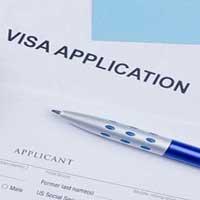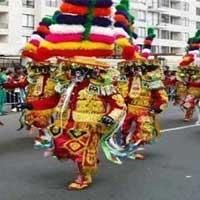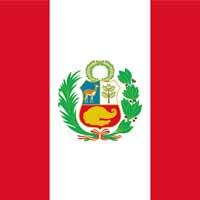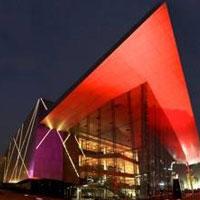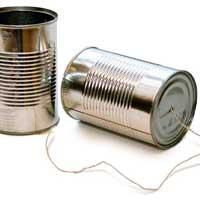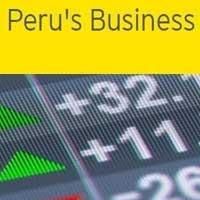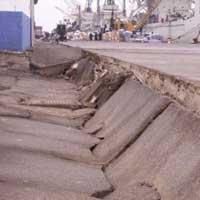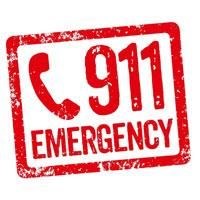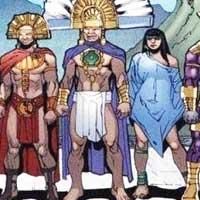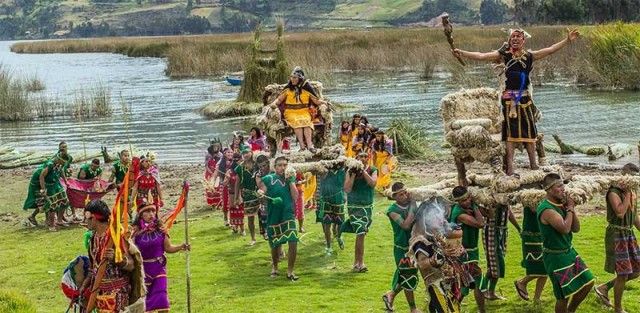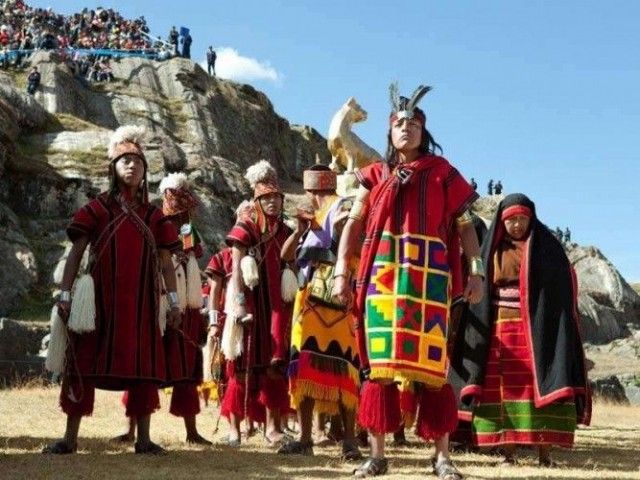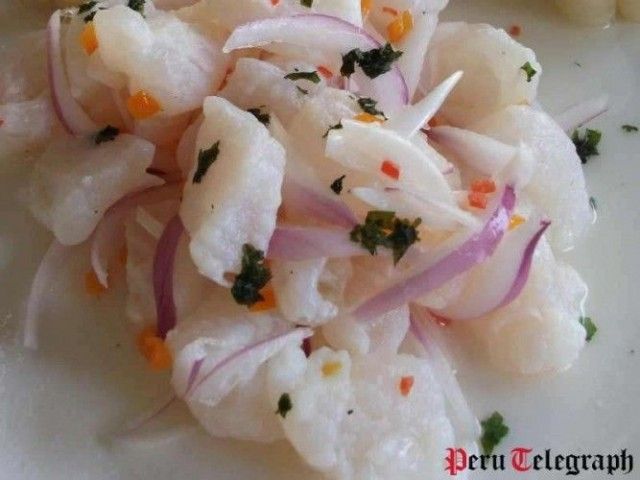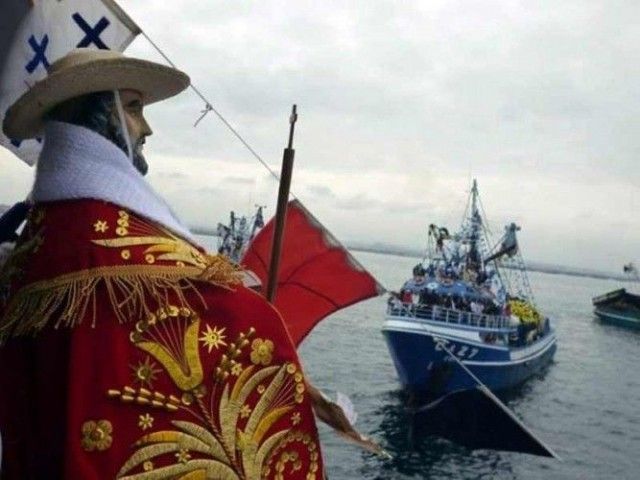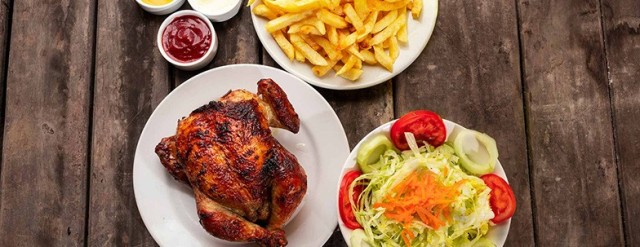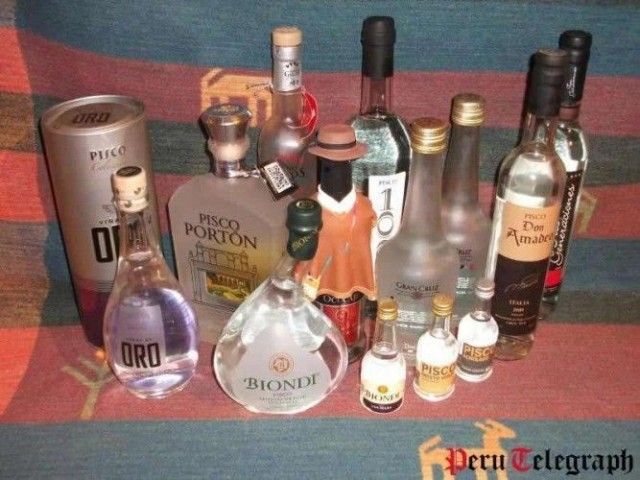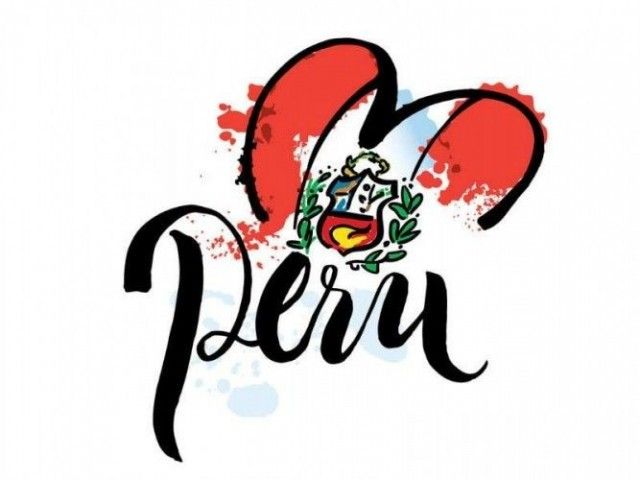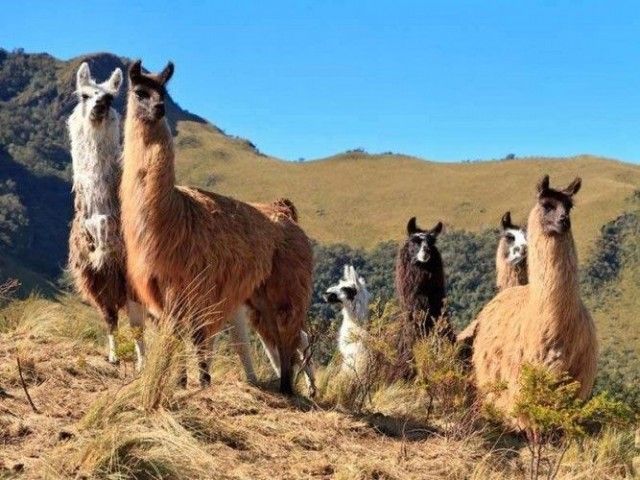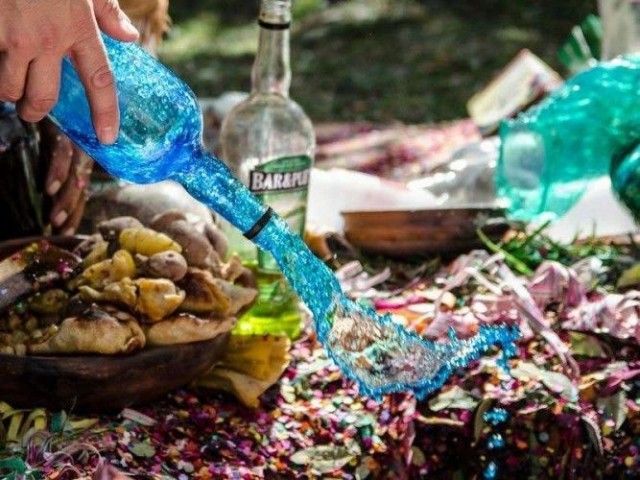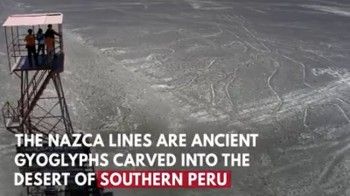- Peru Guide
- Peruvian Visa Types
- Public Holidays & Festivals
- Peru Info
- Culture & Entertainment
- Legal Stuff
- Customs Regulations & Info
- How many days did I get?
- Tourist Visa extension in Peru
- Peruvian Overstay Fine
- International Document for Antecedentes Peru
- Paying Administration Charges
- Permit to Sign Contracts
- Interpol - Ficha de Canje
- Travel Permit
- Subsanacion - Submitting documents
- Extending a Migraciones deadline
- Residence visa extension
- Renewal Carné de Extranjería
- Update Migraciones information
- Carné replacement
- Marrying in Peru
- Driver's License in Peru
- Police Clearance Certificate Peru
- Travel Authorization for Minors
- Finding a Job in Peru
- Domestic Workers in Peru
- Labor Regulations Peru
- Air Passenger Rights
- Safety, Security & Travel Advice
- Shopping in Peru
- Stay Connected
- Business Guide
- Earthquakes
- Emergencies & Help
- History of Peru
- Education, Teaching & Schooling
- Glossary of Terms
- Lima Guide
- Travel & Sights
- Food
- Money
- Events
- Opinion
- Media
- Peru Guide
- Peruvian Visa Types
- Public Holidays & Festivals
- Peru Info
- Culture & Entertainment
- Legal Stuff
- Customs Regulations & Info
- How many days did I get?
- Tourist Visa extension in Peru
- Peruvian Overstay Fine
- International Document for Antecedentes Peru
- Paying Administration Charges
- Permit to Sign Contracts
- Interpol - Ficha de Canje
- Travel Permit
- Subsanacion - Submitting documents
- Extending a Migraciones deadline
- Residence visa extension
- Renewal Carné de Extranjería
- Update Migraciones information
- Carné replacement
- Marrying in Peru
- Driver's License in Peru
- Police Clearance Certificate Peru
- Travel Authorization for Minors
- Finding a Job in Peru
- Domestic Workers in Peru
- Labor Regulations Peru
- Air Passenger Rights
- Safety, Security & Travel Advice
- Shopping in Peru
- Stay Connected
- Business Guide
- Earthquakes
- Emergencies & Help
- History of Peru
- Education, Teaching & Schooling
- Glossary of Terms
- Lima Guide
- Travel & Sights
- Food
- Starter & Appetizer
- Sandwiches
- Soups
- Main Courses
- Salsas, Sauces & Dips
- Desserts
- Snacks
- Drinks & Beverages
- Peruvian Cheese
- Fruits
- Vegetables
- Aji - Chili Peppers
- Grains, Coffee, Beans & Nuts
- Common Herbs
- Other Ingredients
- Money
- Peru Guide
- Peruvian Visa Types
- Public Holidays & Festivals
- Peru Info
- Culture & Entertainment
- Legal Stuff
- Customs Regulations & Info
- How many days did I get?
- Tourist Visa extension in Peru
- Peruvian Overstay Fine
- International Document for Antecedentes Peru
- Paying Administration Charges
- Permit to Sign Contracts
- Interpol - Ficha de Canje
- Travel Permit
- Subsanacion - Submitting documents
- Extending a Migraciones deadline
- Residence visa extension
- Renewal Carné de Extranjería
- Update Migraciones information
- Carné replacement
- Marrying in Peru
- Driver's License in Peru
- Police Clearance Certificate Peru
- Travel Authorization for Minors
- Finding a Job in Peru
- Domestic Workers in Peru
- Labor Regulations Peru
- Air Passenger Rights
- Safety, Security & Travel Advice
- Shopping in Peru
- Stay Connected
- Business Guide
- Earthquakes
- Emergencies & Help
- History of Peru
- Education, Teaching & Schooling
- Glossary of Terms
- Lima Guide
- Travel & Sights
- Food
- Starter & Appetizer
- Sandwiches
- Soups
- Main Courses
- Salsas, Sauces & Dips
- Desserts
- Snacks
- Drinks & Beverages
- Peruvian Cheese
- Fruits
- Vegetables
- Aji - Chili Peppers
- Grains, Coffee, Beans & Nuts
- Common Herbs
- Other Ingredients
- Money
Peru Guide
Sondor Raymi in Andahuaylas, Apurimac
Peruvian Public Holidays & FestivitiesAlso known as Festival del Sol de Chanka (Chanka Sun Festival) or the Chanka Epic, the Sondor Raymi Festival in Andahuaylas in the region of Apurimac is a reenactment of the origins of the Chanka people, an ethnic group inhabiting the area between 1200 and about 1400.Around 18 or 19 JuneInti Raymi in Cusco
Peruvian Public Holidays & FestivitiesEach year on June 24, a few days after the winter solstice in the southern hemisphere, the largest and most important festival of the Inca Empire, the Inti Raymi or Festival of the Sun, is celebrated in Cusco.24 JuneNational Ceviche Day - Dia Nacional del Ceviche
Peruvian Public Holidays & FestivitiesA large part of Peru’s heritage and national identity is reflected in the country's diverse cuisine. So it’s no wonder that Peru's national dish, Ceviche, often spelled Cebiche as well, has its very own day of celebration each year on June 28.28 JuneSt. Peter and St. Paul celebrations in Peru
Peruvian Public Holidays & FestivitiesChristians around the globe celebrate St. Peter and St. Paul’s day on June 29. In Peru this day is a public holiday, however mainly the faithful in coastal communities and cities honor these two saints in special masses and processions.29 JuneFeast of the Virgen del Carmen
Peruvian Public Holidays & FestivitiesFestivals in honor of the Virgen del Carmen are celebrated in various regions in Peru on or around July 16. The festivities include processions, street parades with traditional and indigenous dances, music, colorful costumes and lots of Peruvian food and drinks. Some festivals feature reenactments of events in Peruvian history.16 JulyPeru’s Rotisserie Chicken Day
Peruvian Public Holidays & FestivitiesEach year on the third Sunday of July, Peruvians celebrate one of their beloved and most consumed dishes: Pollo a la Brasa, also known as Peruvian chicken or Peruvian rotisserie chicken.Third Sunday of JulyNational Pisco Day in Peru - Dia Nacional del Pisco
Peruvian Public Holidays & FestivitiesSince 1999, Pisco, Peru's national drink and the pride and joy of every Peruvian, has its very own day of celebrations.4th Sunday of JulyFiestas Patrias - Peru's Independence Day
Peruvian Public Holidays & FestivitiesFiestas Patrias, Peru’s National Holidays, are probably the most important and most enthusiastically celebrated event of the year in Peru.28 and 29 of JulyNational Alpaca Day – Dia Nacional del Alpaca
Peruvian Public Holidays & FestivitiesOn August 1, Peru and here especially the southern highland regions of the country celebrate National Alpaca Day focusing on the small, fluffy camelid, honoring the challenging work of generations of Alpaca breeders and promoting the consumption and usage of Alpaca products.01 AugustDay of Pachamama - Dia de la Pachamama
Peruvian Public Holidays & FestivitiesIn Peru, and here especially in the Andean highlands, August 1 (and actually the entire month of August) is dedicated to Pachamama, next to the sun god Inti, probably the most important and worshipped deity in the Inca culture.01 AugustPeru Newsflash
Victorinox launches third Peru-themed pocketknife collection
The renowned Swiss company Victorinox, famous worldwide for its high-quality and extremely functional…Lima’s New Airport Terminal to open in June
After many delays, the new terminal of Lima’s Jorge Chavez International Airport is finally operational. On…New lizard species discovered in Peru
There is still so much new to find out about and see in Peru. Just recently Peruvian scientists discovered a…Peru has the second-worst drivers in the world
For those living and driving in Peru it comes to no surprise. A recent study by Compare the Market, an…
Peru Event Calendar
Mon Tue Wed Thu Fri Sat Sun 12345678910111213141516171819202122232425262728293031Upcoming Events in Peru
Latest Content...
- Tourist Attractions & Sights in Peru
Machu Picchu
- International Schools in Peru
International Christian School of Lima - ICS Lima
- Peruvian Visa Types
Peruvian Digital Nomad Visa
- Laws, Norms, Legal Codes & Decrees
Legislative Decree No. 1582 (Modification of the Peruvian Foreigner Law, Nov 2023)
- Peruvian Cheese
Queso Rojo de Lluta
- Peruvian Cheese
Peruvian Queso Andino
- Peruvian Cheese
Peruvian Quesillo
- Peruvian Cheese
Peruvian Queso Mantecoso
- Peruvian Cheese
Peruvian Queso Paria
- Peruvian Cheese
Peruvian Queso Fresco
- Legal Stuff
Extension of a Migraciones deadline
- Legal Stuff
Subsanacion - Submitting documents
- Legal Stuff
Replacement for a lost, stolen or damaged carné
- Legal Stuff
Renewal of the Carné de Extranjería
Latest Video
Long Reads...
- Peruvian Archaeology
The Mystery of the Nazca Lines in Peru
In the 1920s, when people first flew across southern Peru, they made an astonishing discovery. Stretching below them,… - Peruvian Personalities & Founders
Francisco Pizarro González (1474-1541)
Francisco Pizarro, a peasant from Spain, was one of the least well-equipped conquerors in history. However, in the name… - Peruvian Archaeology
The colorful Fabrics and Textiles of Peru
Europe’s first knowledge of Peruvian textiles was acquired following the Spanish invasion of Peru in 1532, when the… - Peruvian Legends, Myths & Tales
The Jeweled Frog and the Condor
By a quiet pond, at the side of a cloud-topped mountain in Peru, lived a small green frog and his large green family.… - Peru Info
Peruvian Economy
The Peruvian economy is an emerging, social market economy highly dependent on foreign trade and classified as an upper…
Contact us | Editorial Ethics | Support | T&C | Copyright | Privacy | Discussions & Submissions | Cookies Policy | GDPR | CCPA | DMCA


